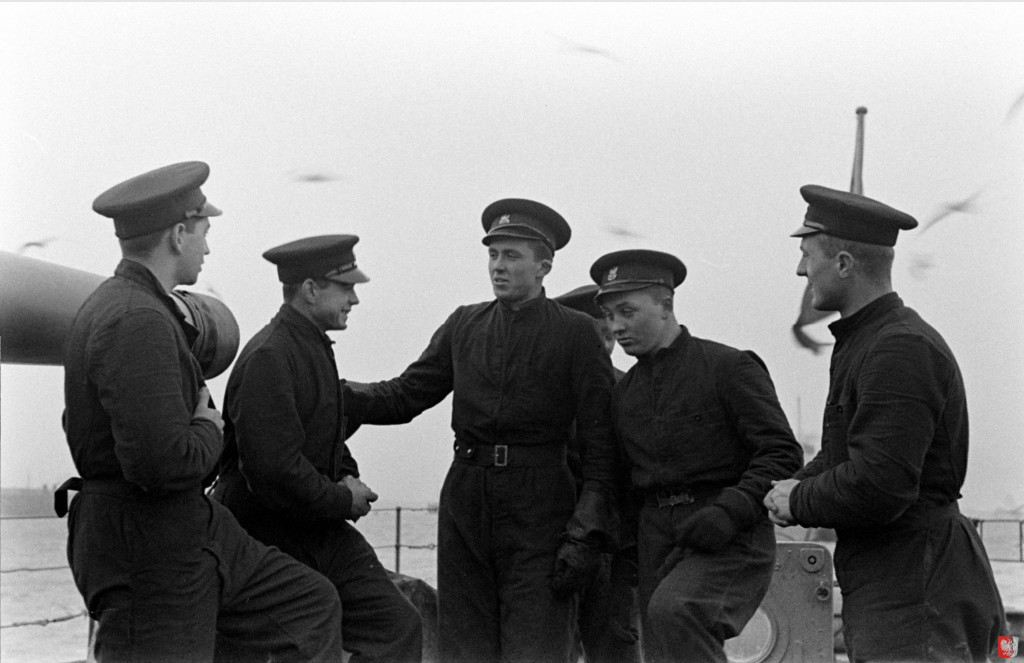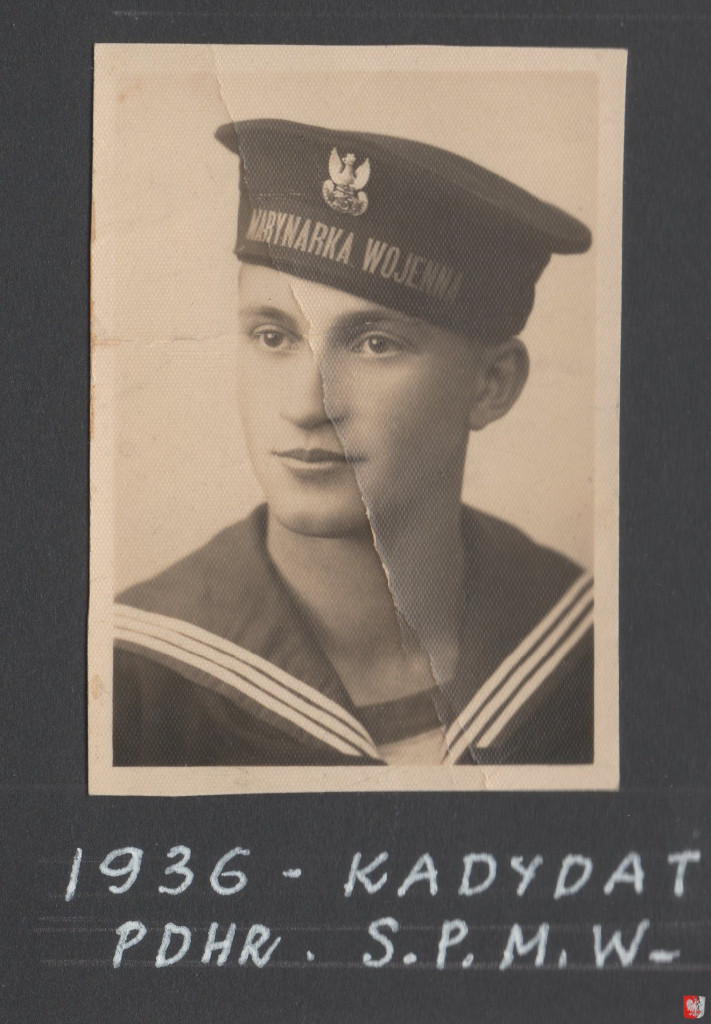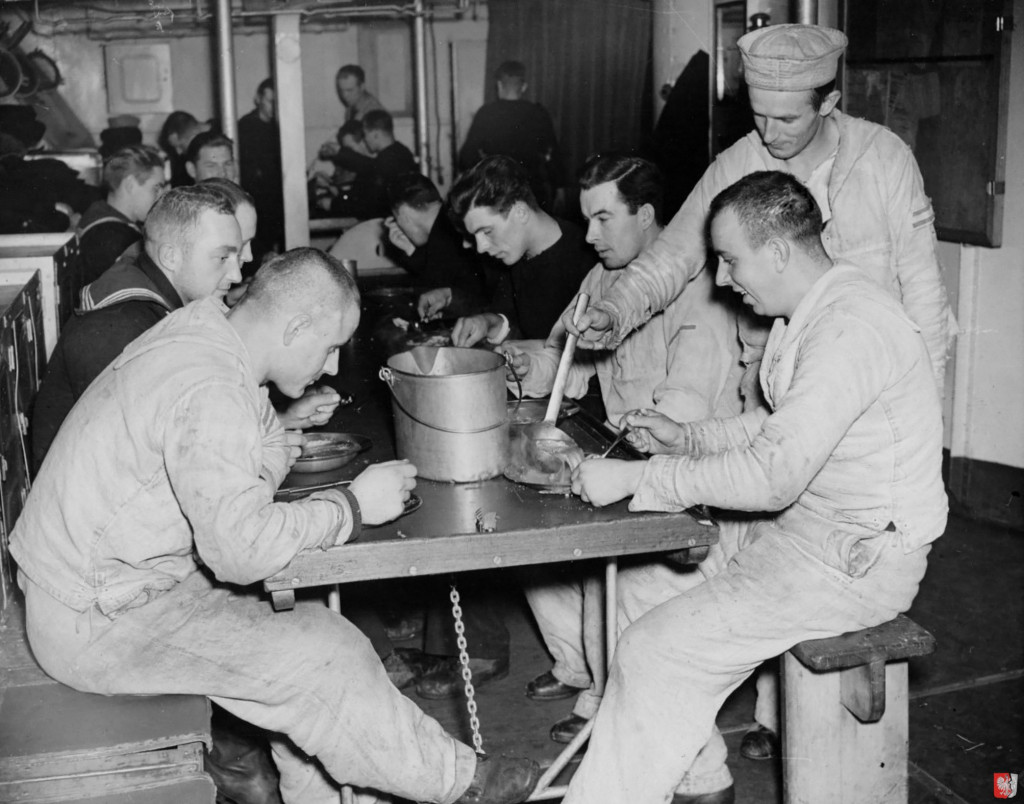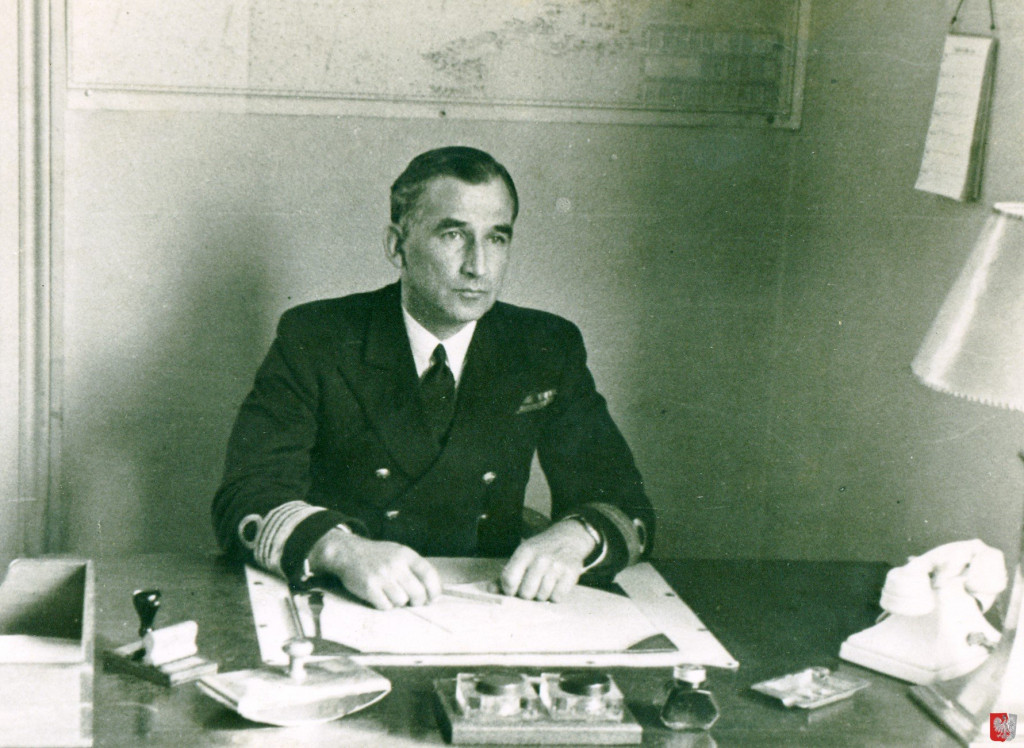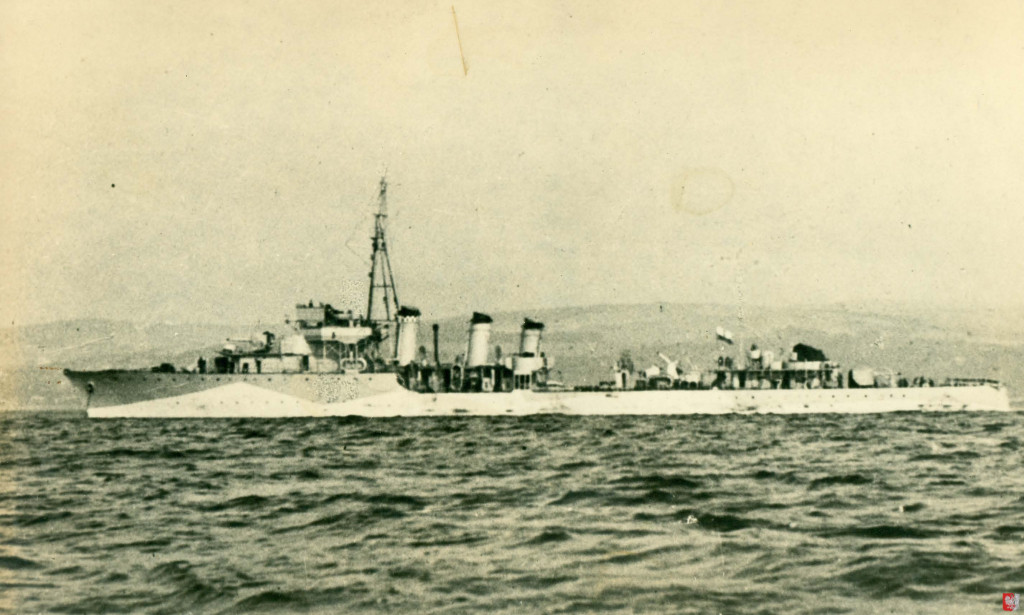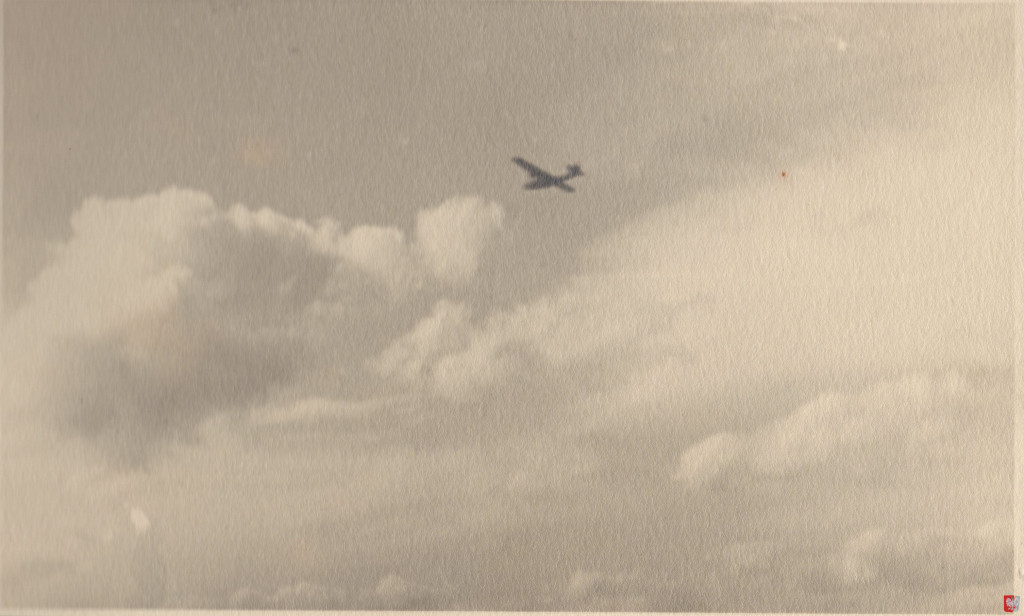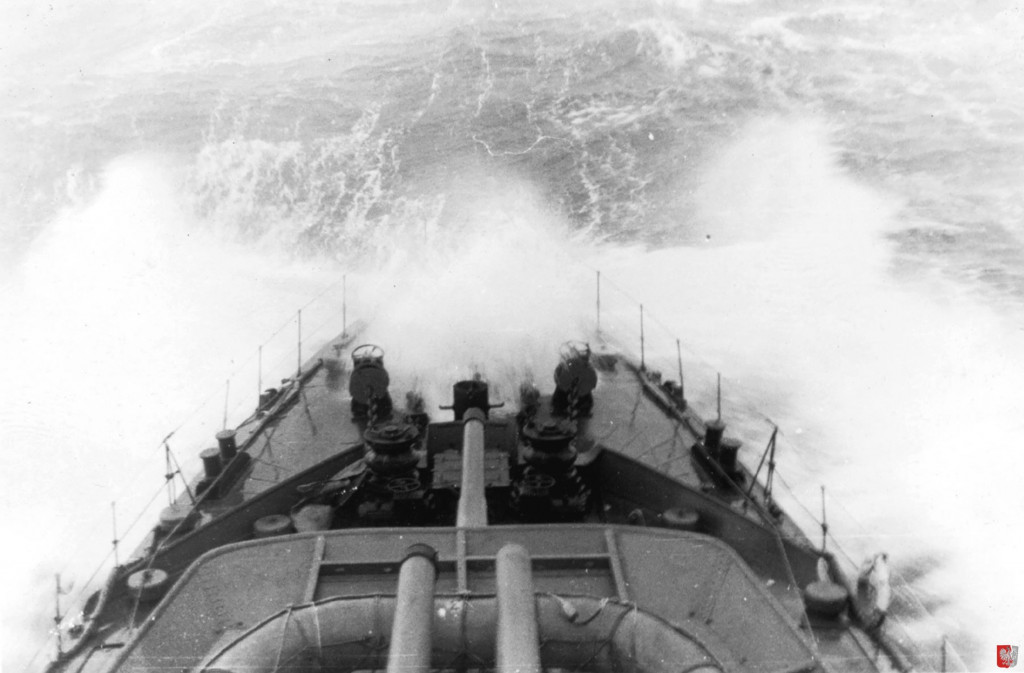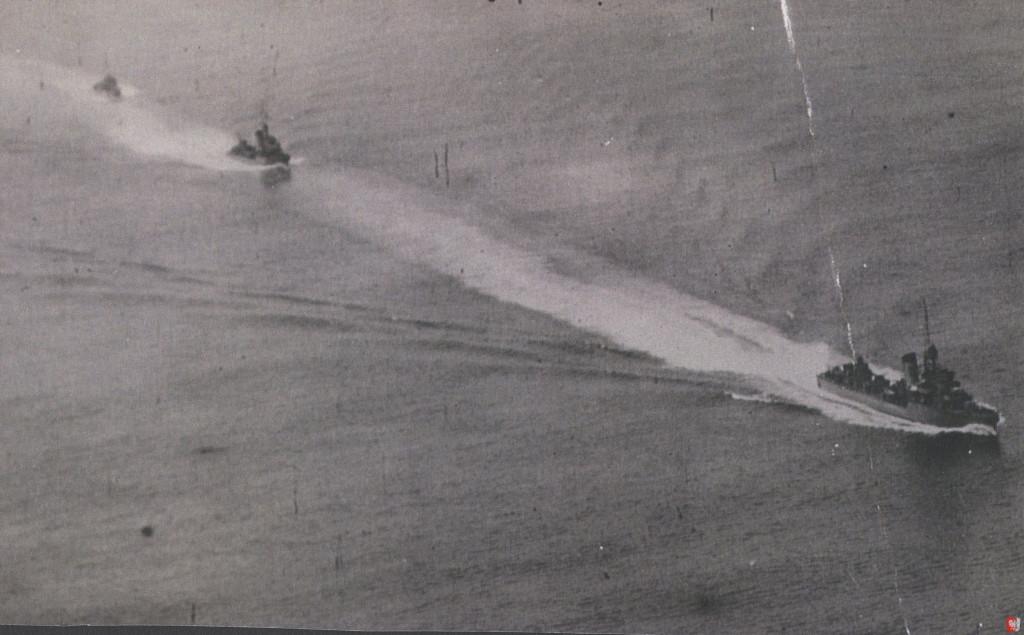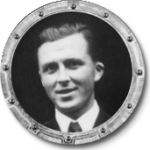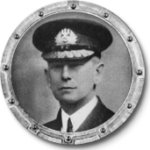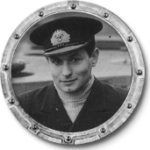
Polish Naval Memories of WWII
Captain Stanisław Nahorski
Immediately prior to the invasion of Poland, 30th August 1939, three Polish destroyers ORP Błyskawica, Grom and Burza left Gydnia on the Baltic and escaped to G.B. Stanisław Nahorski was Commander of Burza.
Escape of the Destroyers
Two days before the Germans opened fire on Westerplatte the orders for Operation Peking were given by the Polish Naval Command. Thus the destroyer division, consisting of Błyskawica, Grom and Burza, departed from Poland at 1415hours and dashed for the Kattegat and then for the North Sea. Danish radio enquiries demanding identification were ignored. A German plane was identified tracking the Polish warships. By midday on September 1st 1939, as the Germans were pounding Westerplatte, and the Panzer divisions were rolling across the western Polish plains, two British destroyers as arranged with the Admiralty, escorted the pride of the Polish Navy into Leith, on the Firth of Forth. All major Polish merchant ships had already been instructed to leave the Baltic in August as well.
On board the Polish destroyers escaping to Britain feelings were tense. Passing through the Danish Straits, under cover of darkness, three German warships were sighted. According to Tadeusz Lesisz, one was a cruiser and the two others were destroyers. The Polish vessels, being cloaked by the shadows of the Danish shore, could have destroyed the enemy, but they did not do so as it was not certain the Germans had yet attacked Poland. A few hours later at dawn on September 1st the Nazis did indeed do so. Upon arrival at Leith, on the Firth of Forth, the Poles were “gloomy and tense”, only lifted by the announcement that Britain and France had declared war on Germany on Sunday September 3rd. The Polish squadron was then ordered to refuel at Rosyth and to sail northwest round the coast of northern Scotland to make for their new base at Plymouth. En route, in the Irish Sea, on September 7th, the Polish destroyers carried out possibly the first depth charge attack on a German U-Boat during the war and may have sunk her.
From Poles Apart: Polish Naval Memories of World War Two by Martin Hazell
From the very beginning there was no hope for the small Polish Navy… it was plain even in the hours before the first shot was fired, the first bomb dropped, that the Polish Navy in the Baltic could not survive…. The 3 strongest units, therefore, two days before war began, sailed under secret orders for the coast of Britain in the blind faith that from Britain they would be able to fight a wider war…
ORP Grom, Błyskawica and Burza were the main strength of the Polish Navy. The decision to remove them from the Baltic before the outbreak of hostilities must be counted not least among the heroic decisions of this war.
It was told me unemotionally by an officer who had been in Burza at the time:
“When we opened our sealed orders we learnt that in the event of an attack by a strong force of German ships we in Burza were to fall behind and fight it out while the others went on. You see, they were much faster than us and much more valuable”.
From Navies in Exile by A.D. Divine

